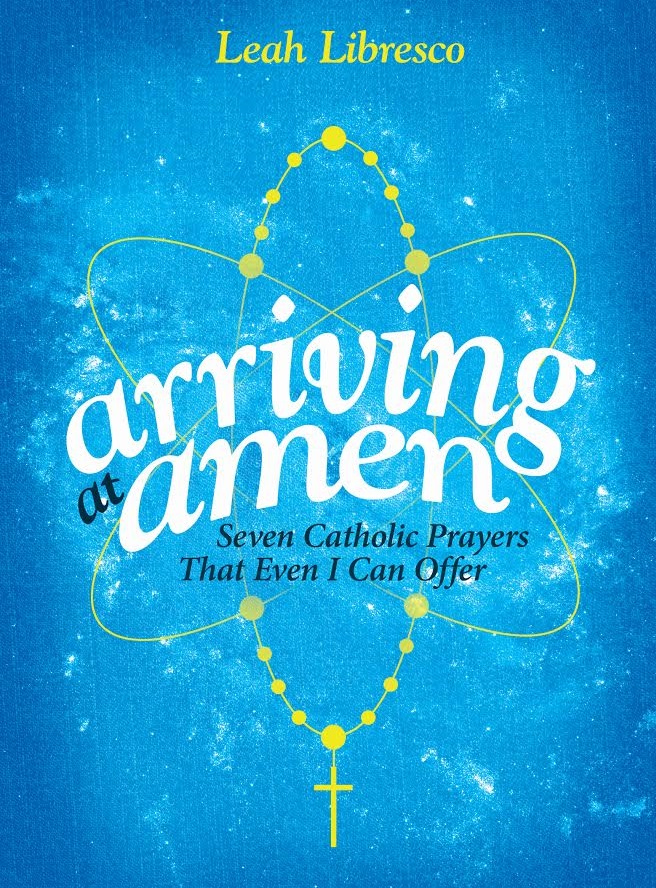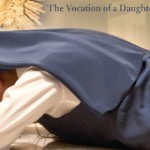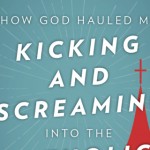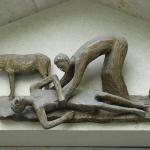 Sometimes people ask me how they should relate to their atheist relatives and friends because I used to be an atheist. I try to give cogent, sensible advice based on the thoughts in my book The Prodigal You Love. But in general, I try to emphasize to people that all atheists (or former atheists) are not exactly alike.
Sometimes people ask me how they should relate to their atheist relatives and friends because I used to be an atheist. I try to give cogent, sensible advice based on the thoughts in my book The Prodigal You Love. But in general, I try to emphasize to people that all atheists (or former atheists) are not exactly alike.
Evidence of this abounds, and can be found in recent atheist-turned-Catholic memoirs like Jennifer Fulwiler’s great book Something Other Than God and Dr. Holly Ordway’s Not God’s Type.
And now Leah Libresco’s book Arriving at Amen joins the list of excellent conversion memoir books written by former atheists, (although Leah’s book is not exactly a memoir of conversion in the same sense as Jennifer’s and Holly’s).
I have to be honest that when I realized that Arriving at Amen was not really the memoir I expected, I was a little disappointed. I have no excuse for not understanding what the book is about, the title is pretty clear. But I was hoping for more backstory around Leah’s conversion. Of course, much of that can be found on her blog Unequally Yoked.
But, after I got over my initial disappointment I found myself in for a treat. There are lots of conversion stories out there but this book is a fascinating post-conversion story, told through the lens of prayer.
With the delightful raw freshness of a recent convert, Leah shares with us as she explores seven common prayer practices, much like a child learns a new language—a very smart child. Leah takes on several prayer practices that cradle Catholics might take for granted, like the rosary, and others that some Catholics may not even know exist, like lectio divina.
Leah has the distinct advantage of being someone who is exploring these things for the very first time. And Leah is not just any someone. She has a gift for describing her experiences with metaphors that are at once fresh, geeky, poetic and surprising.
As a closet geek myself, I delighted in Leah’s programming metaphor in which she compared the stability of computer code to the patterns of the Divine Office. She even threw in a little actual code. Although some of these things might go over other peoples’ heads, just like some of her other geeky metaphors were not in my realm of knowledge or experience, I think most people with find enough to relate to in this rich-in-metaphor book.
St. Paul used mouthfuls of metaphors when he wrote. Unfortunately, we have taken his delightfully inventive metaphors and overused them to the point of boring ourselves of the Gospel. Leah does what all writers in the Kingdom are called to do, which is to take the language of the Gospel and the Church and create new metaphors, new ways to explain, new ways to incite interest and fascination in the ever-new message of the Gospel.
I was also greatly edified by Arriving at Amen, because vocal, structured prayer, which is what Leah mostly covers, is not really my favorite way to pray. To be honest, praying the Liturgy of the Hours can be more of a chore than a prayer experience for me. I’d rather just quietly chill with Jesus in the tabernacle. But, like I said, all former atheists are different.
And thank God for that, because as our times change, more and more atheists will be finding their way to the Church, (or in my case back to the Church). And we will need their fresh, new perspectives to help us to continue to see the beauty of our own faith in a world that is bored of Christianity and bored of the way the message is being communicated.
So, thank God for the gift of newness and wonder that former atheists bring to the Church.
And God bless Leah for writing this book.












